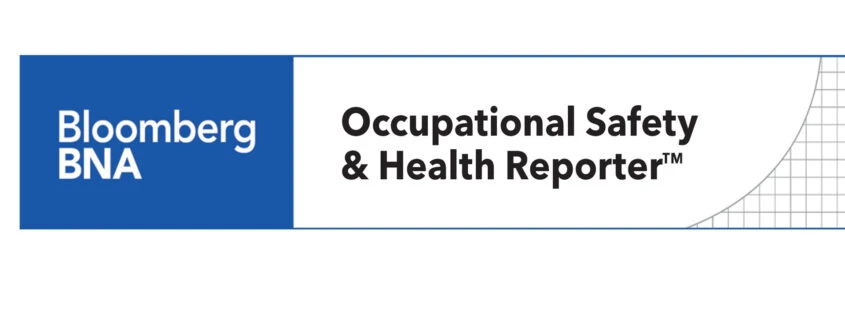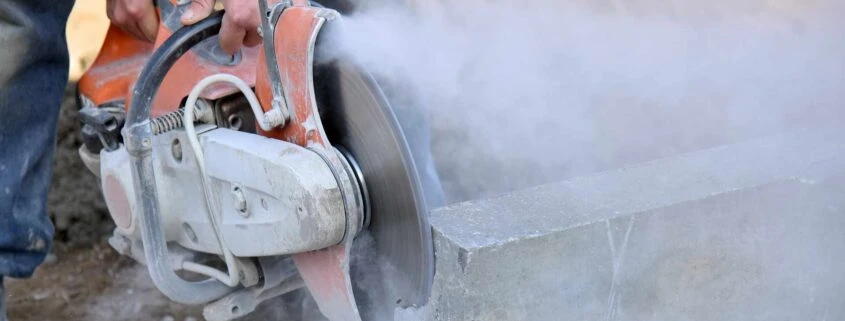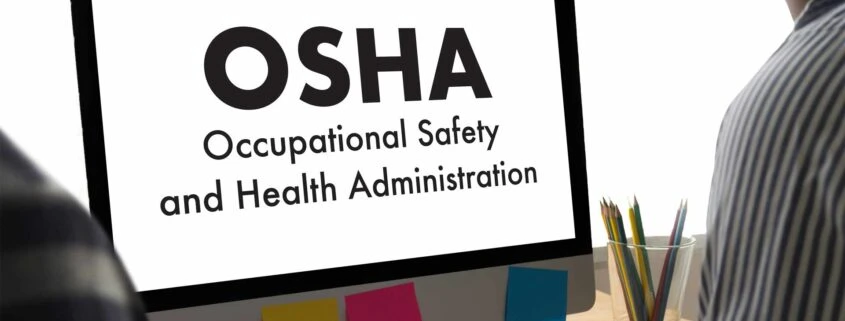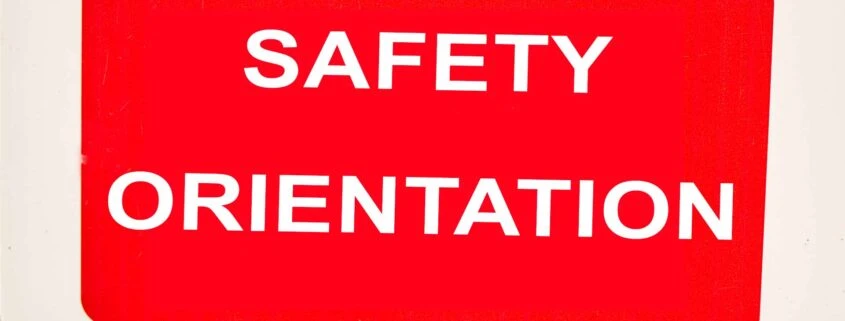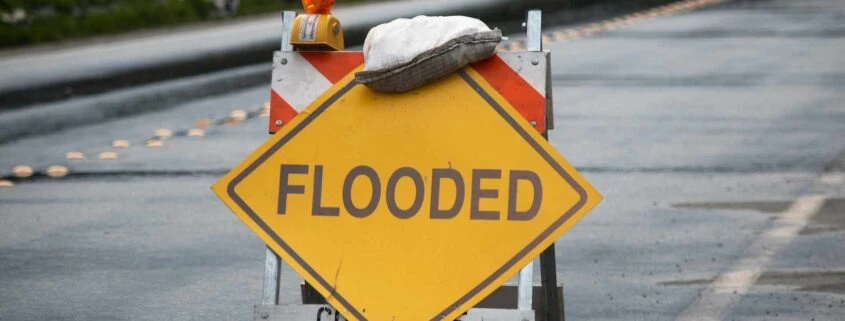Bringing Awareness to Construction’s Top Killer, Falls
It is critical that companies today are up-to-speed on Fall Protection Training & Awareness. Falls caused 384 out of 991 total deaths in construction in 2016. Accounting for 38.7% percent of all deaths, it is by far the biggest of the “Fatal Four” killers in construction.
Fall Protection was also number one on the list of citations issues by OSHA in 2017, but that shouldn’t be a surprise considering it is killing more of our dwindling workforce than anything else.
So, what can companies do to protect their employees, subcontractors and wallets from the biggest cause of fatalities in construction?
- Prevent the fall!
- Use guard rails, cover houses, use lifts, ladders or scaffolds with properly engineered controls to keep employees from falling. If this can’t be done, consider PPE options.
- Get the necessary fall protection equipment (PPE) for your job.
- This can vary based on what type of projects you do. For example, when working on a high rise, tie offs for fall protection prevention are usually readily available. If you are setting trusses on a home building site, it may be a different story, but ALL workers must be given the opportunity to be safe and provided with equipment to do so.
- Train employees on when to use and how to recognize dangers and verify employees know how to use the required equipment (PPE)
- Employees must also be given the proper training, so they can effectively assess situations and deploy provided PPE effectively. Like with any tool, you must learn how to use properly and in the right situations.
- This can be done through third party Fall Protection training classes, or what’s called “Competent Person” training, which helps to ensure the employee or supervisor knows what to do and how to enforce it. In fact, OSHA requires certification of training for all employees who may be exposed to hazards greater than 6’!
- As an employer, you must also verify that the employee is using the equipment as they have been directed. You can do this through regular safety inspections and/or having third party “Mock OSHA” inspections to see if you are practicing what is being preached.
- Reprimand employees and subcontractors
- With something as dangerous as falls, it is always recommended that you reprimand an employee immediately if you see a fall protection violation. Remember that one fatality can devastate a family and cause a healthy company to come crashing down. If you have employees or trades who are choosing not to abide by the safety standards you have set, everyone’s job is at risk without the proper reprimand documentation.
Your job as the employer or controlling contractor is to assess each situation and provide your employees and subcontractors with the training and resources to be safe wherever they work!
Are you subject OSHA’s Multi-Employer policy?
Under this policy, your subcontractors’ safety is 100% your responsibility. You must take the same approach as you do with your employees or under this policy, OSHA can cite you for any violation that occurs on your jobsite no matter who hired them.
Have questions about:
- Competent Person Training
- Fall Protection Policies or Equipment
- OSHA’s Multi Employer Policy
- Training, Verifying, Reprimanding requirement
Call our experts at 770-619-1669
Other links, resources and info:





